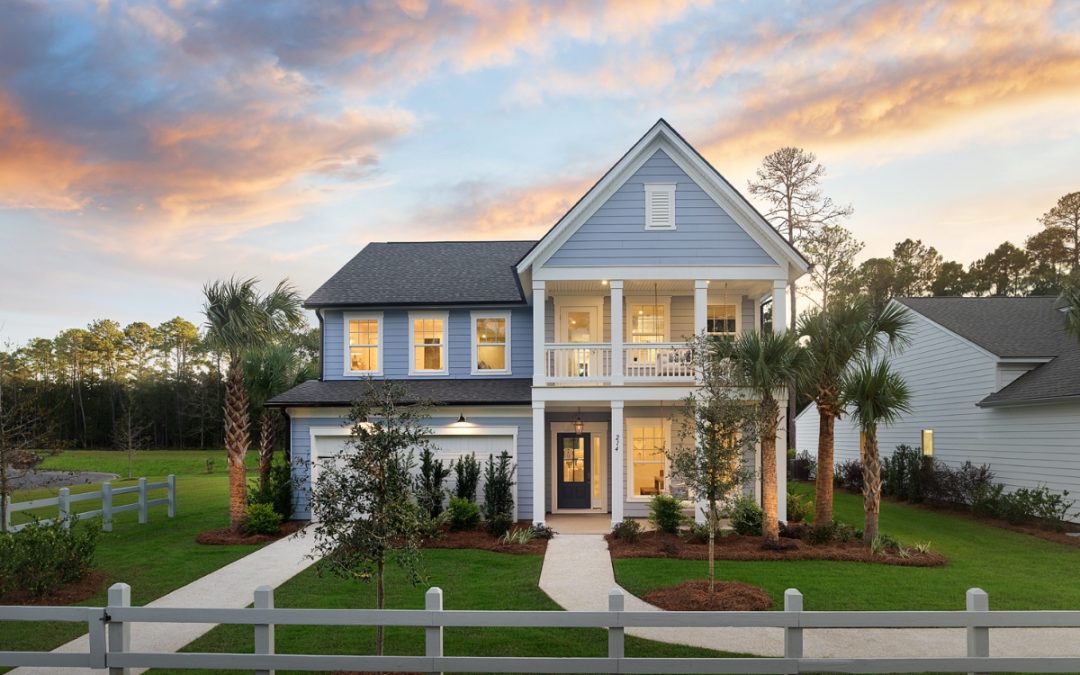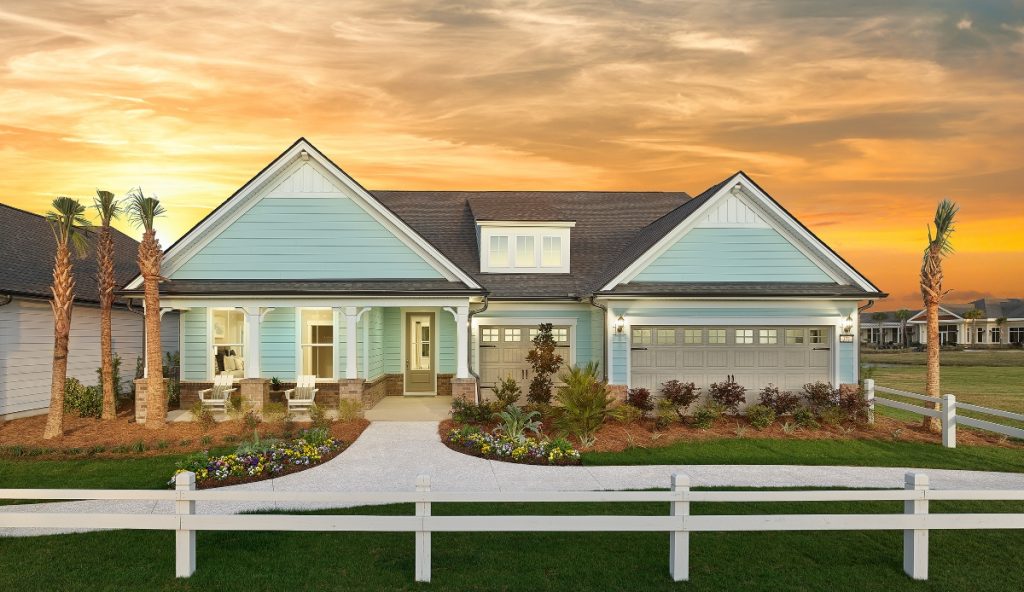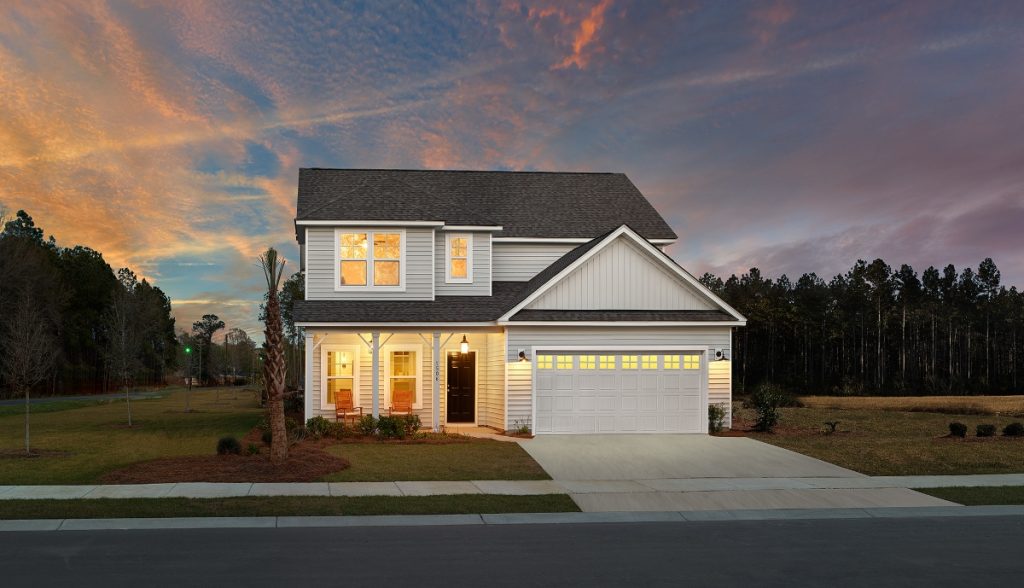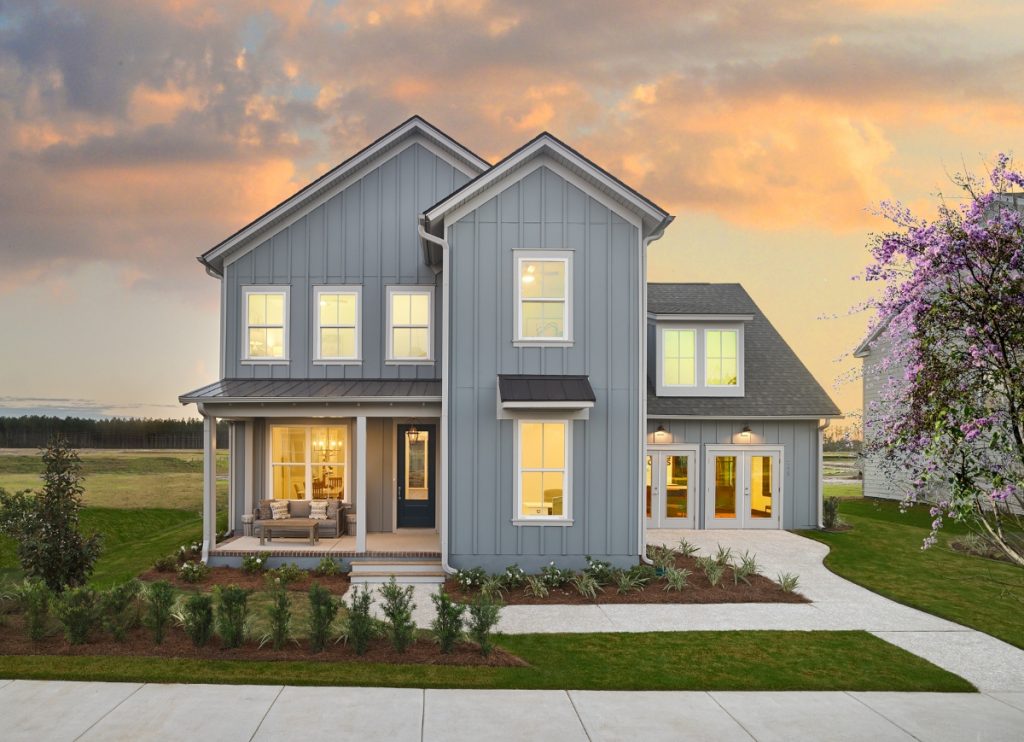Home sweet home!
You’ve heard it said. (Maybe a gazillion times.)
But, for homebuilders, rolling out the welcome mat for prospective buyers not only means a lot of sweetness — it also requires a good amount of strategy and savvy.
And it all starts with commercial photography — the big grand entrance that shows off that spectacular, new residential development before anyone even steps foot on property. After all, those images are often the first impression that potential homeowners will make — and it certainly should not be their last impression.
But, how to best make an impactful — and positive — impression?! Here are a three things to consider when using commercial photography to sell the living space, the location, and the lifestyle of a master planned community or development.
1.Sweet Shots
Step one is, of course, that you want brilliant photos. But, these are not just any pretty pictures.
“Shooting a model home or a residential development is a vastly different method than traditional interior design photography,” says Holger Obenaus, an award-winning commercial photographer who specializes in design and architectural photography and who has shot for Pulte, Ashton Woods, Del Webb, Sun City, Nexton, and more. “These photos are selling tools for floorplans, for certain styles of homes, for the lifestyle of a community, so we approach it much differently.”
That means taking into account the big picture — not just the detailed design or staged décor of the home — and beautifully capturing the feel of the floor-plan, the quality of materials, the personalization available, the prime location, and more.
2. Strategic Angles
Of course, to translate it all effectively in images requires thoughtful strategy — on the part of the photographer and the builder and/or developer. After all, you’re selling the home’s floor-plan and the perceived lifestyle of the community — not the home’s décor or accessories. So, strategy plays a role here.
“Scale and proportion are both hugely important,” says Holger. “You have to know the tricks to make the rooms look spacious and open, allowing the images to properly translate the lived experience of the home.”
That often means removing furniture and taking accessories out of the home to allow the space to shine in photos.
3. Savvy Understanding of the Market
Just as fashion trends change so, too, do trends in commercial developments. What might have been celebrated or prioritized 10 or 20 years ago has changed. Likewise, there are local and regional variations in the types of homes and communities people desire.
That’s why market research is king here.
And that’s why it’s also so important to work with a photographer who is willing to learn about the development’s marketing concept and come to the table fully equipped with the research, the lingo, and a complete understanding of the builder’s way of thinking — and selling. Otherwise, the photography runs the risk of focusing in on all the wrong things.
Schedule Your Commercial Photoshoot Today“The developer is the expert here,” says Holger. “The photographer has to listen to their approach; after all, they know better than I do how to sell their homes.”





Recent Comments